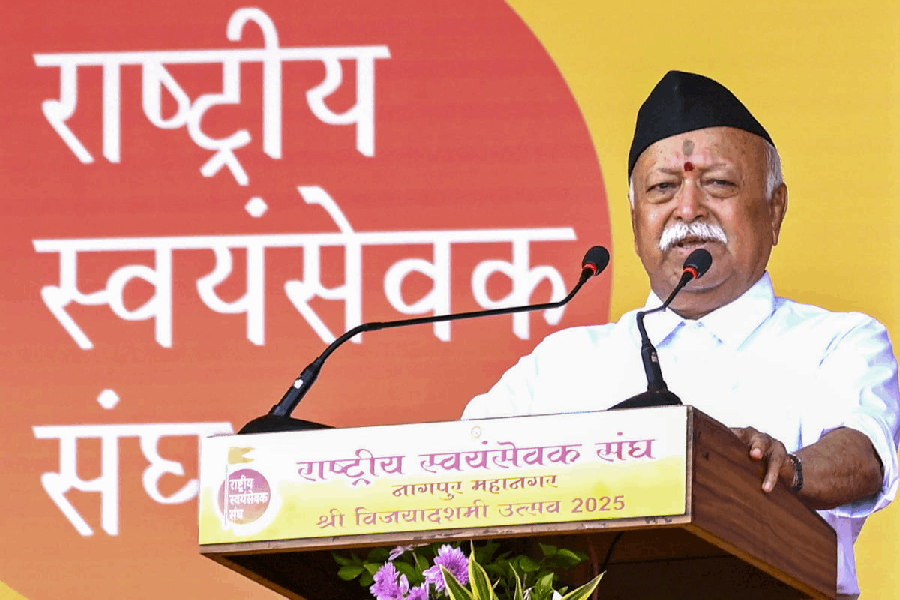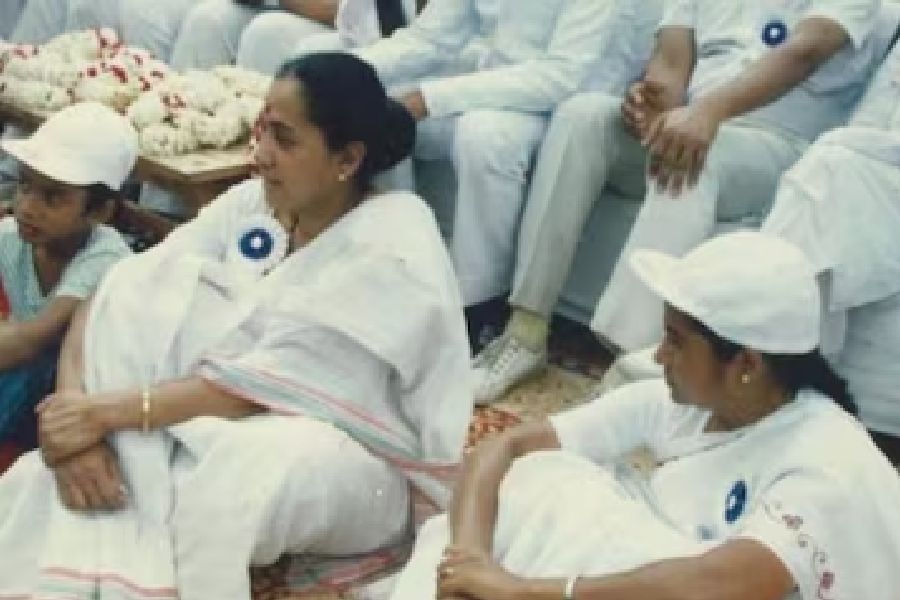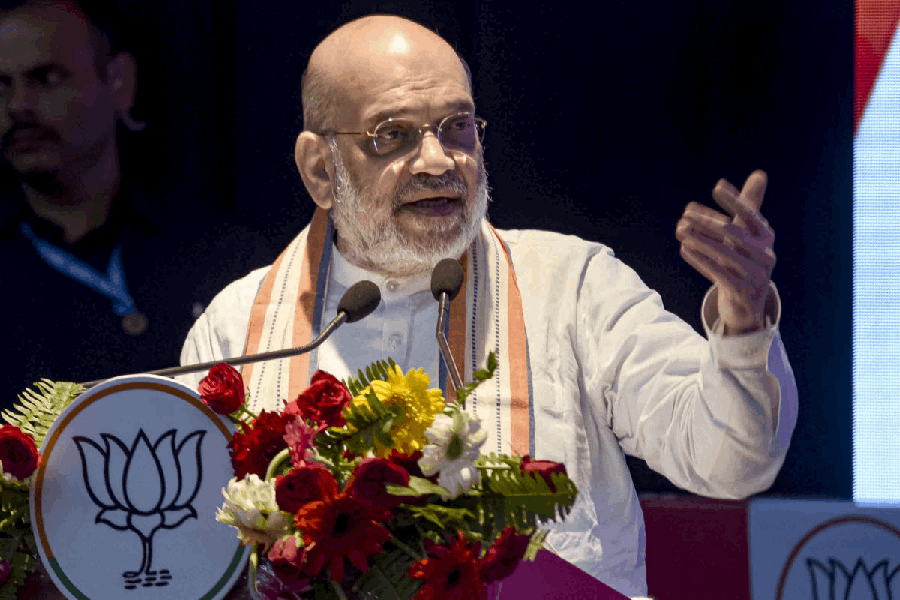 |
New Delhi, Dec. 16: A group of remote Pacific islanders may have discovered binary mathematics, a key element of modern computing machines, hundreds of years before German mathematician-philosopher Gottfried Liebniz demonstrated its advantages in the early 18th century.
Two scientists in Norway have found that the ancient residents of the French Polynesian island called Mangareva had learnt to combine the decimal system with binary counting, possibly for trade in prized items such as breadfruit, octopuses and turtles.
“This reinforces the idea that people can come up with ingenious ideas in mathematics even in the absence of notational systems or technological advances,” Andrea Bender, an anthropologist and psychologist at the University of Bergen in Norway, told The Telegraph.
Bender and her colleague Seighard Beller, who used historical records of counting in ancient Mangarevan society, have described their findings in a research paper published today in the US journal Proceedings of the National Academy of Sciences.
The standard method of counting across human cultures worldwide uses the decimal system, in which numbers are represented by 10 numerals (0,1,2,3 ... 9). But the binary notation, in which numbers are expressed using only the two numerals 0 and 1, forms the basis of modern computers.
Mangareva is the largest among a cluster of French Polynesian islands called the Gambier Archipelago and is located about 1,650km southeast of Tahiti in the Pacific Ocean.
Historians who have documented the earliest human settlements in the French Polynesian islands say Mangareva received two waves of human migrations from neighbouring islands — first between AD 500 and AD 800, and then between 1150 and 1450 — before colonisation by Europeans in the 19th century.
Mathematicians point out that a type of binary notation had emerged even earlier in ancient India, where Pingala, a scholar who lived around 400 BC, had developed binary symbolism for music.
“This binary notation used combinations of two basic units to catalogue musical tones,” Shrikrishna Gopalrao Dani, professor of mathematics at the Indian Institute of Technology, Mumbai, told this newspaper.
The Mangarevans had inherited a decimal system from their ancestor language and, sometime between the first and the second waves of the migrations, seemed to have found a way to superpose binary counting onto the decimal system.
“They combined the decimal and the binary to their advantage,” Bender said.
Leibniz had described the binary system and its use in computations in 1703. While the binary notation is used in modern computers where the flow of current or the absence of current in a segment of a circuit is analogous to 1 or 0, mathematicians point out that a full-fledged binary system with distinct symbols leads to very long numbers.
The number 90, for instance, in the binary notation is written as 01011010, significantly longer and appearing more complicated than its decimal representation.
But the Mangarevans appeared to have found a way to compensate for the drawbacks of a full-fledged binary system by blending it with a decimal system.
The combination of decimal and binary yields a system that is decimal in the lower ranges (1 through 20), binary in the middle ranges (20 to 80), and decimal again in the upper ranges (above 80), said Beller, associate professor of cognitive psychology at the University of Bergen.
A collection of 54 items, for example, would be referred to by a number word with three parts — a third-power term representing 40, a second-power term representing 10, and four single units.
“The third power term here is binary because it results from four times the second power term,” Bender said.
“The fact that you don’t have multiples of binary terms, but simply presence or absence, makes arithmetic simpler,” Beller said.
“With such a system, you don’t need to memorise any addition and multiplication tables but only a few rules for transformation.”
The Norwegian researchers say their analysis supports suggestions that advances in mathematical abilities do not depend on notational systems or technology.
Mangareva is currently an offbeat tourist destination promoted by Tahiti Tourism, which describes it as the “centre of the region’s pearl industry”.










